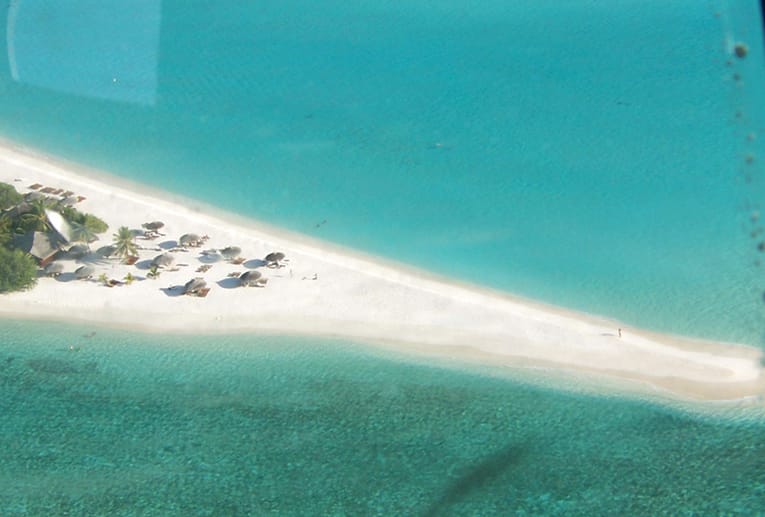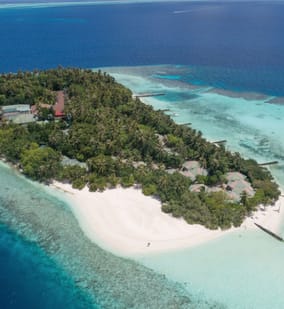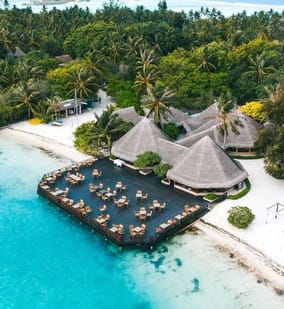Spirit of Halloween

Maldives resorts celebrate Halloween to entertain their guests by dressing-up as ghouls and ghosts; but for some Maldivians, belief in the supernatural and occult is still a serious business.
Tales continue to be orated on inhabited islands, and they form a rich tapestry of inspiration for costumes, even though the festivities of Halloween are not well known for Maldivians. Maldivian style Halloween costumes can be seen during the Eid festivals and Independence Day celebrations.
According to legend, Jinni is malevolent beings capable of assuming human or animal form. These spirits, known as Ifrīt (‘diabolic, evil spirits'), and Silā (‘treacherous spirits' of invariable form) constitute varying classes of Jinni. They are said to dwell in all inanimate objects-stones, trees, ruins-underneath the earth, in the air, and in fire.
Many islanders still fear Jinni, the evil spirits that come from the land, sea and sky. They are blamed for everything that can't be explained by religion or education.
Being a Muslim society, belief in the jinni is universal. In fact, as legend has it, a sea Jinni called Rannamaari demanded regular sacrifices of young virgin girl in every full moon day, in the temple, eastern side of the Male’, (exact crossing point of the bridge, from Male’ to Airport and Hulhumale’). Abu Al Barakat, a visiting North African Arab, took the place of the sacrificial virgin and drove the demon away by reading from the Koran, according to local legend. After that incident Maldivians converted into Islam in 1153 AD.
Superstition has been an outstanding component of Maldivian culture. This is for the most part due to the very nature of the islands and its society. However, with the introduction of modern medicine and the rapid evolution of social development, many people believe superstition is fading slowly from the culture.
Maldives Traveller identifies following lingering superstitions.
Dhevi: a generic term for spirits capable of possessing people.
Handi: a spirit that takes the form of a fair woman with long disheveled hair, usually dressed in red. It is said to be able to travel at great speeds and harm people if disturbed. It is mostly seen in the afternoon or evening. The color red is associated with handi. When afflicted, the victim can be driven insane.
Baburu Koyyaa: This is an evil spirit that manifests mostly at night. It resembles a small, dark child and when disturbed causes harm to people. This is one of the most common forms of haunting in the country. It may manifest in almost any place, especially on dark nights.
Fureytha: a generic term for a certain type of unpleasant spirit. It is malevolent and foul-smelling. It can appear in any form and has eyes on the top of its head.
Avahtehi: a female spirit which appears in ragged clothes and long unruly hair. According to local beliefs, although invisible to the normal human being, an Avahtehi can be domesticated to perform certain household chores. It is believed that these creatures can and do befriend humans. Avahtehi is a form-shifting spirit.
Kandumathielhun: known to afflict seafaring travellers, it manifests in diverse forms: a glowing ball of light, a dead body with a shroud, a ship full of lamps, breakers, reefs or even a heavy shower of rain. When possessed it manifests usually in one of these forms around a vessel. In extreme cases, it is known to even manifest on the vessel itself. If the possession is from the rear of the vessel, the speed is favorably affected; a forward manifestation drastically reduces speed.








